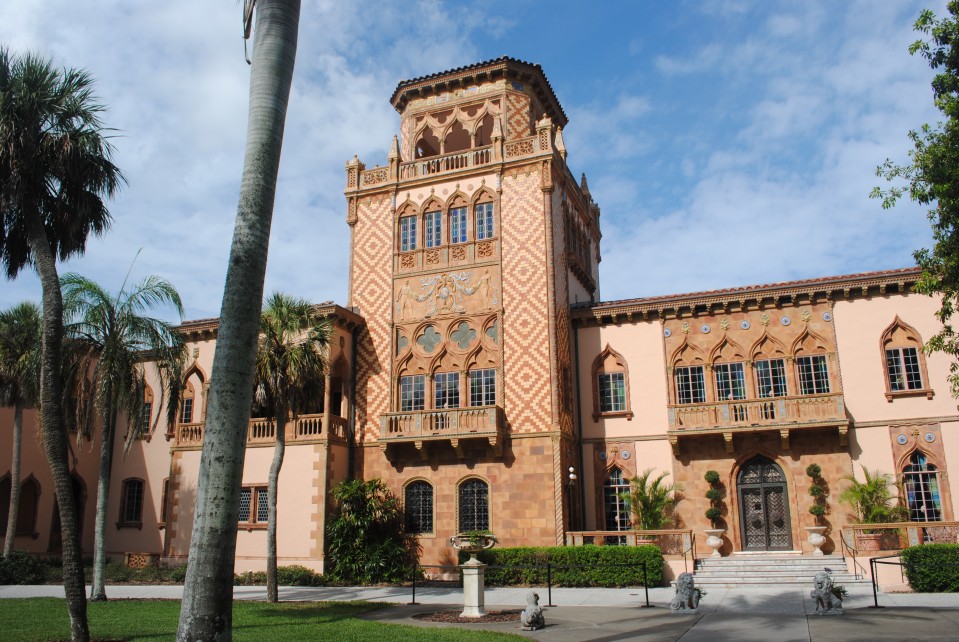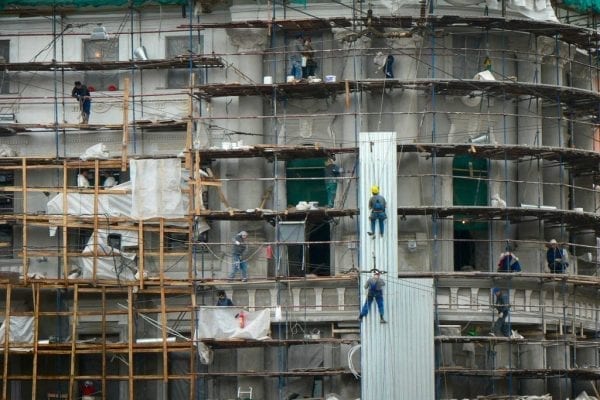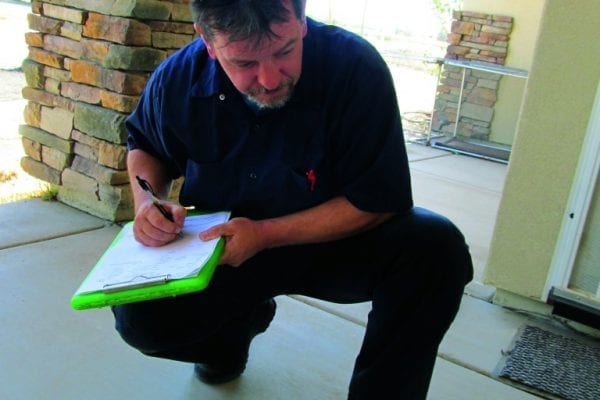Everybody in America knows about the Greatest Show on Earth, the Ringling Brothers Circus (now Ringling Brothers and Barnum & Bailey). Likewise, nearly everyone in Florida knows about Ca’ d’Zan, the home of the original circus king and his wife. Built during the decade of the “Roaring Twenties,” and inspired by the famous palazzos of Venice, the great, bedazzled mansion boasts five stories, 36,000 square feet, and a 21-gallery art museum. Story has it that Mable Ringling, the circus king’s wife, personally oversaw every detail of the ornate building’s construction, down to the mixing of the terracotta and the glazing of the tiles.
What many don’t know about Ca’ d’Zan, however, is that it was once haunted by a dark and deadly presence. This phantom essence lay dormant throughout the mansion, awaiting the slightest breeze or the brush of a human hand to awaken it. Once awakened, it would rise into the air to invade the bodies of anyone nearby.
This is no fictional horror story. This is asbestos.
As environmental engineers at GLE, we don’t often get to play the role of ghostbusters, but in this case, that’s exactly what happened. In the 1990s, the State of Florida—to whom the Ringling mansion had been bequeathed—undertook a $15 million renovation on the building and its related properties. During construction, a worker complained about possible asbestos exposure, and we were called in by the State to investigate.
What we discovered—through the use of air and micro-vacuum sampling—is that there was very little asbestos in the air, but significant concentrations lying dormant in surface dust. There was asbestos-contaminated dust on every single surface throughout the entire five floors, 41 rooms, and 15 bathrooms, and it covered every one of the building’s countless furnishings and priceless artworks.
Upon further investigation, we discovered that the source was a small amount of highly concentrated asbestos on column wraps in the attic space, which had been disturbed, likely during the construction process. The quantity of disturbed material was small, but the material was friable—which means it crumbles easily into dust. Due to the magic of air handling systems, this dust had been distributed throughout the building, to accumulate on every surface, as verified by extensive testing.

The intricate, ornate character of the building and its lavish furnishings meant that there were innumerable tiny crevices and cracks into which the dust had settled. To make matters worse, the renovation teams—not knowing about this hidden danger—had already covered the furnishings and artwork with custom-built plywood structures, to protect them during construction. These custom-built structures had taken weeks to design, build, and install. Sampling showed that the dust was present on and under all of them, requiring that they be removed for remediation. Further, because of the historic nature of the building, it was critical that all work be done in a manner to preserve every detail as completely and thoroughly as possible.
Faced with these challenges, our team worked with the museum curator and historic preservation team to develop a remediation plan that could be bid out to qualified contractors. I can honestly say that we have never worked on a project as unique as this one, and probably never will again. Here is a sampling of unusual elements that the plan had to address:
- Removal, decontamination, and storage of the custom cut plywood coverings.
- Documentation of every piece of plywood, so it could be reinstalled following remedial activities.
- Deconstruction of a massive chandelier in the foyer, that had to be taken apart one piece at a time, decontaminated, labeled, stored, and later reassembled.
- Use of special cleaning brushes and rags to preserve the historic finishes.
- Decontamination of furniture and upholsteries that had been moved off-site prior to the asbestos discovery.
- Specially engineered air filtration systems to protect workers during remediation. To prevent damage to the building’s historic features, standard misting systems could not be used.
- Coordination with and constant oversight by the museum curator to ensure preservation protocols remained intact throughout.
This work required months of closely supervised, detailed labor. At the end of it, the full amount of collected asbestos could easily have fit into a half dozen garbage bags. Yet that tiny quantity cost the state of Florida millions of dollars, and delayed renovations by months. If the asbestos hadn’t been discovered, it could have compromised the health of everyone working on the project.
Attention to a hazardous materials assessment at a much earlier stage would have greatly reduced the cost of remediation and prevented exposure to workers. During the investigation process, we discovered that Bob Greene—our company’s founder—had in fact studied the structure previously and found the asbestos source. In a letter, he had warned the owners not to disturb the material. Unfortunately, that warning went unheeded—much like the warnings in every fantastic horror story ever: Don’t disturb the beast!
Fortunately, we were able to address the problem and protect the workers as well as the integrity of the building. In the end, the phantom was slain. If you’re preparing for a renovation project, don’t forget to order—and pay attention to!—a hazardous materials assessment. Remember: It’s always easier to slay the beast before it’s released.







